Geert-Jan Houben
Meaningful human control over AI systems: beyond talking the talk
Nov 25, 2021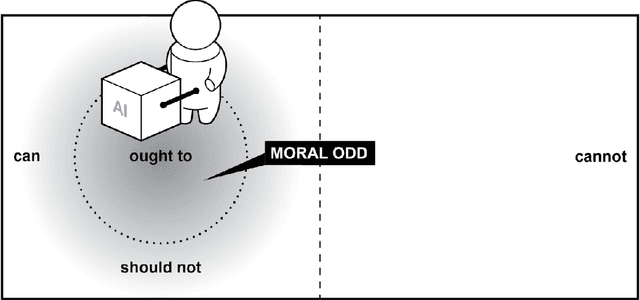
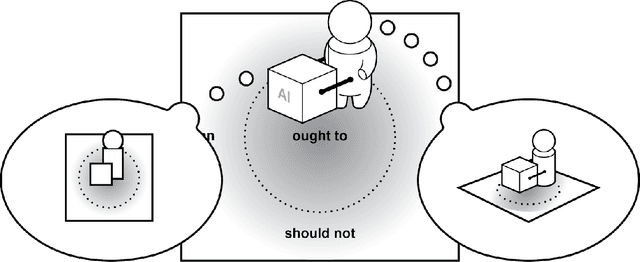
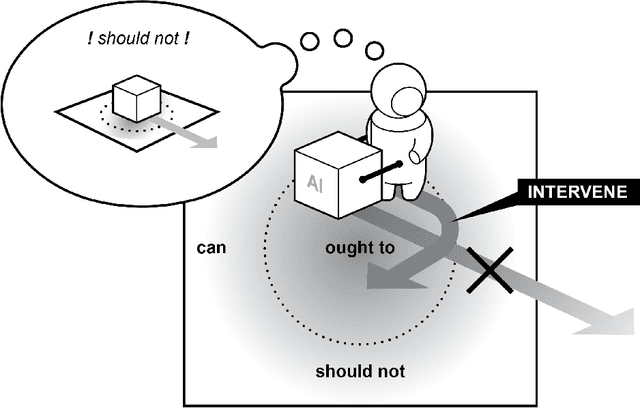
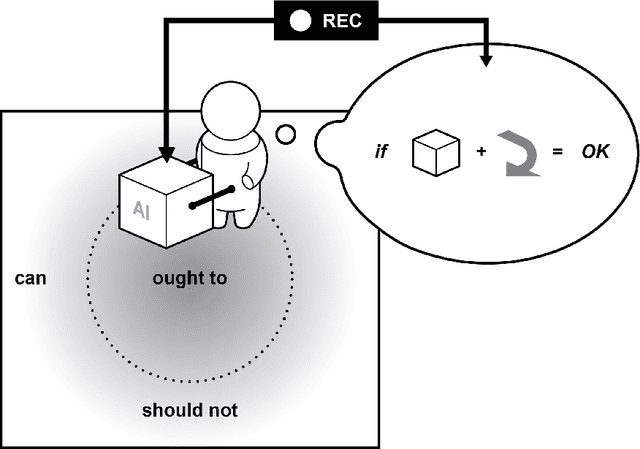
Abstract:The concept of meaningful human control has been proposed to address responsibility gaps and mitigate them by establishing conditions that enable a proper attribution of responsibility for humans (e.g., users, designers and developers, manufacturers, legislators). However, the relevant discussions around meaningful human control have so far not resulted in clear requirements for researchers, designers, and engineers. As a result, there is no consensus on how to assess whether a designed AI system is under meaningful human control, making the practical development of AI-based systems that remain under meaningful human control challenging. In this paper, we address the gap between philosophical theory and engineering practice by identifying four actionable properties which AI-based systems must have to be under meaningful human control. First, a system in which humans and AI algorithms interact should have an explicitly defined domain of morally loaded situations within which the system ought to operate. Second, humans and AI agents within the system should have appropriate and mutually compatible representations. Third, responsibility attributed to a human should be commensurate with that human's ability and authority to control the system. Fourth, there should be explicit links between the actions of the AI agents and actions of humans who are aware of their moral responsibility. We argue these four properties are necessary for AI systems under meaningful human control, and provide possible directions to incorporate them into practice. We illustrate these properties with two use cases, automated vehicle and AI-based hiring. We believe these four properties will support practically-minded professionals to take concrete steps toward designing and engineering for AI systems that facilitate meaningful human control and responsibility.
U-Sem: Semantic Enrichment, User Modeling and Mining of Usage Data on the Social Web
Apr 01, 2011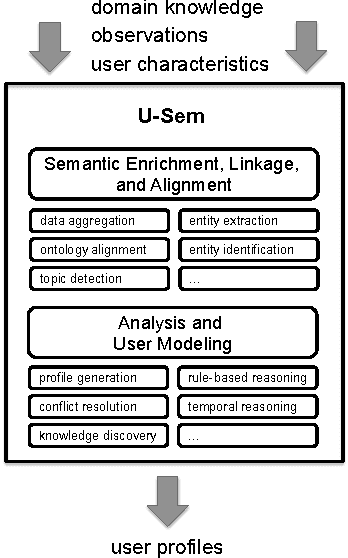
Abstract:With the growing popularity of Social Web applications, more and more user data is published on the Web everyday. Our research focuses on investigating ways of mining data from such platforms that can be used for modeling users and for semantically augmenting user profiles. This process can enhance adaptation and personalization in various adaptive Web-based systems. In this paper, we present the U-Sem people modeling service, a framework for the semantic enrichment and mining of people's profiles from usage data on the Social Web. We explain the architecture of our people modeling service and describe its application in an adult e-learning context as an example. Versions: Mar 21, 10:10, Mar 25, 09:37
 Add to Chrome
Add to Chrome Add to Firefox
Add to Firefox Add to Edge
Add to Edge